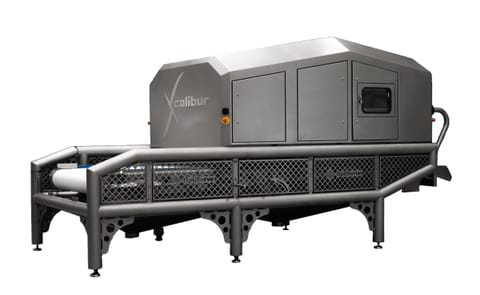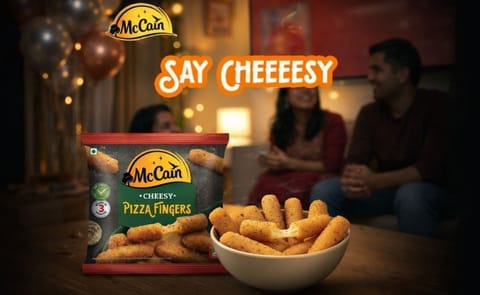Foodservice operators are busy looking over their shoulders to guard against other restaurateurs who are threatening to grab market share from them, but they may be turning a blind eye to another equally aggressive form of competition in the form of grocery, convenience and drug stores.
Experts participating in the MUFSO panel Stealth Competition: Who’s After Your Share of the Market? cautioned attendees in Dallas that this new wave of competition is employing lessons learned from restaurant operators themselves and using them to lure away potential customers.
“Home-meal replacement has faded away in the restaurant side of the business,” said Steven Johnson, Grocerant Guru, Foodservice Solutions and panel moderator. “But in grocery stores, convenience stores and retail drug stores, it never faded away. It was studied and tested, and implemented.”
To lure the mobile, multitasking customer, such nontraditional competitors are offering a wider range of food items, like freshly made sandwiches, wraps, salads, fresh fruit, beverages, heat-and-eat dishes and even specialty items like sushi — which Johnson noted is in test at about 10 Walgreen’s locations in major urban areas (in the US).
The nontraditional competitors are well financed and pervasive as well. “Most of you are used to startups with two or four or six units coming after your business,” Johnson said. “Now you’ve got Walgreen’s and Duane Reade, with 7,500 [units], as a true threat to your business. Walgreen’s also has over $78 billion in sales.”
Nontraditional competitors threaten restaurant market share

Like to receive news like this by email? Join and Subscribe!
Get the latest potato industry news straight to your WhatsApp. Join the PotatoPro WhatsApp Community!
Sponsored Content
Sponsored Content
Sponsored Content
Sponsored Content







